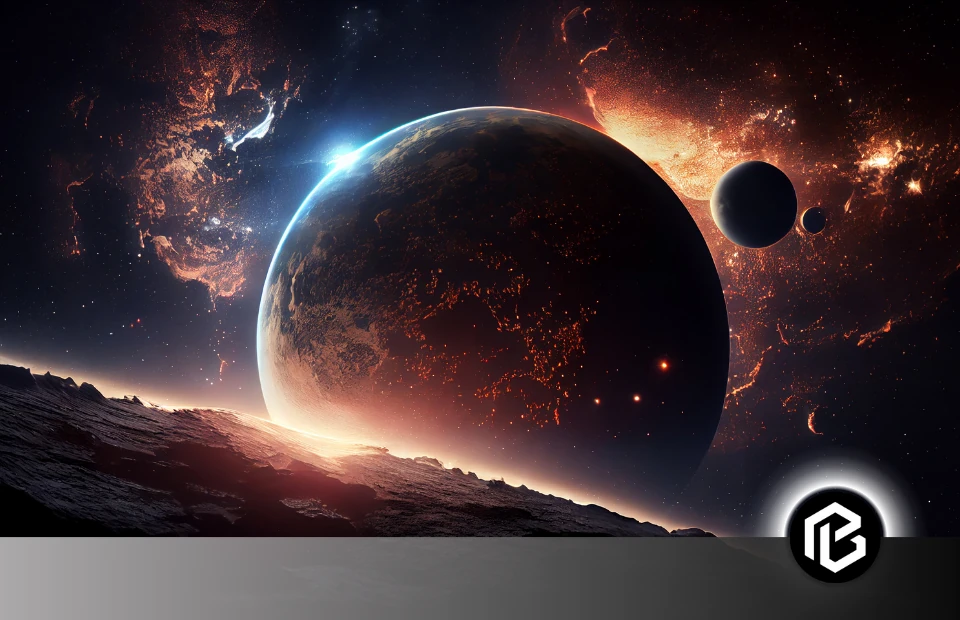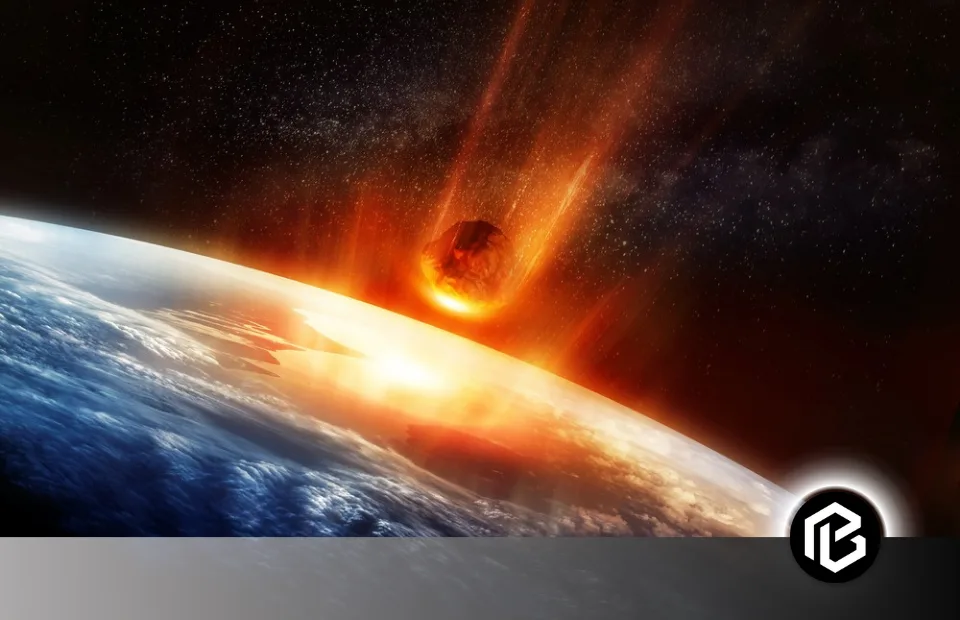Astronomy Discoveries? From the beginning, as humans, our curiosity led us to know about the mysteries in our surroundings. Before science came into existence, the raindrops falling from the sky also felt some magic. The clouds, Moon, and stars were considered some sort of Gods, and many people worshipped them.
Now that science has advanced technologically, these conspiracy theories have been proved wrong.
Now is the time when people are interested in space and aliens. There are many movies and series that excite the thirst of people about Aliens.
Even Elon Musk has words about the existence of Aliens. So, keeping the excitement maintained, let’s explore what astronomers have got till now.
- The Intergalactic Supernova SETI Searches
- Saturn's Rings May Be Young
- Keep the Magnets Away from the Meteorites
- Stars from Andromeda
- The Background Gravitational Rumble
- Ring Wormholes
- Gamma Ray Burst Supernovae
- Yet Another Outer Solar System Planet Possibility
- The Milky Way's Filaments
- Cosmological Time Dilation
- Conclusion
- Frequently Asked Questions on Astronomy Discoveries
The Intergalactic Supernova SETI Searches
If aliens wanted to make their presence known and say hello to the universe, there are more efficient ways to find universal signposts where you could signal and expect anyone with science to see it. One such method is supernovae. Suppose you time your SETI contact signal with a supernova, which all species in your nearby Galaxies would see with their telescopes. In that case, you might find a signpost and see success, though it might be millions of years before you know you were successful.
This question led researchers in SETI to recently observe the effects of a supernova, SN2023IXF, in the pinwheel galaxy, 21 million light-years away, to see if there might be signals of alien origin associated with it. This is the closest supernova in a decade, even being highly distant in another galaxy, but it also happened 21 million years ago very distantly.

They mean that any signals sent around the pinwheel galaxy at the time are not likely to be visible to us. Too weak. However, researchers at the University of Washington had a different idea. So we saw the supernova in the pinwheel galaxy, but stars further out from it in our local neighborhood have yet to see it.
If they send out hello signals every time they see a supernova, it might be a good time to turn our radio telescopes to those stars and see if we catch any alerts. So, the team has been observing stars within about 300 light-years of Earth that have just seen a supernova to see if anyone is saying hello.
One wonders if someday we will be the ones pulling out hello signals every time we see a distant supernova, perhaps as one might see a substantial distant fireworks display, and then decide to set off a firecracker of our own in a galactic comprehensive analog of a 4th of July or similar holiday barbecue.
Saturn’s Rings May Be Young
Using data from the Cassini spacecraft, researchers studying the micrometeoroid environment around Saturn were recently able to estimate the age of Saturn’s rings.
How this was done?
The researchers looked at how dark Saturn’s icy ring matter is. Since the material started as bare ice, dust accumulation on the surface would cause it to darken gradually. They found out that the rings can’t be more than 400 million years old.

Determining the age of Saturn’s rings has been contentious and continues to be. In response to the study, it’s been pointed out that if the rings lose dust over time through some other process, the dating could be wrong and far more ancient. This might be the case if the calls were created by shredding a small moon early in Saturn’s history billions of years ago.
That’s assuming, however, that they weren’t formed initially from the destruction of a captured object. In any case, the formation, origin, and age of Saturn’s rings remains unknown.
Keep the Magnets Away from the Meteorites
The study of meteorites is an exercise in studying the solar system’s history.
They can show the earliest, most pristine material from the solar nebula to highly shocked and altered material depicting the violence of impacts in space. They can also tell us much about the history of Mars, particularly in that the only material from the red planet on Earth today is from meteorites blasted off its surface.
Meteorite hunters have long relied on magnets and what they do, as meteorite material attracts interest strongly. If a magnet sticks to a rock, it’s the first step in identifying if it is indeed of meteoritic origin. But there’s a problem. By doing that, the magnet can erase the magnetic past of that rock.

This is particularly important with Martian meteorites. If in a pristine state, they retain a magnetic memory of Mars and how its magnetic field was when the rocks first formed. This is important because Mars no longer has a magnetic field after having collapsed 3.7 billion years ago.
Unfortunately, most Martian meteorites have been exposed to magnets since their recovery and no longer preserve this information. Only a handful still do, so it’s hoped that for future finds of meteorites of Martian origin, the collectors will keep this in mind. Or, if it’s a multiple-stone fall, only test one and leave the rest pristine.
Stars from Andromeda
The Milky Way and the Andromeda galaxy of stars are on a collision course. Recent work has shown that the outer fringes of the two galaxies may already be interacting. But there’s another possibility here: there may be stars in the Milky Way that originated in Andromeda that could be far closer.
The idea goes like this. Stars can get ejected at high speed from their parent galaxy through an interaction with a black hole. They can be tossed out of their parent galaxy at escape velocity, only to wander intergalactic space. The Milky Way does this, and so does Andromeda. The question is, how many stars in the Milky Way could be from Andromeda initially?
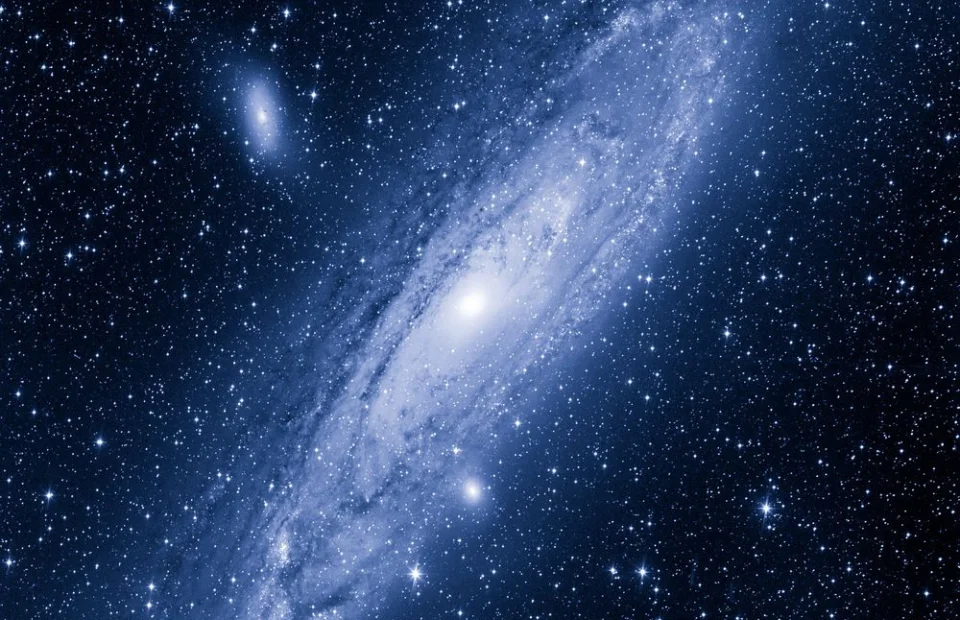
The answer is between 12 on the lowest end and nearly 4000 on the upper-end estimate. If these exist, they should be identifiable with the Gaia dataset as very rapidly moving stars from the direction of Andromeda. They might even bear chemical signatures in their spectra, typical for the Milky Way.
The Background Gravitational Rumble
One interesting use for pulsars that’s become available in recent years is to probe gravitational waves, known as pulsar timing arrays. These allow the study of the cosmic background of gravitational waves in a galaxy-wide detector. What they found is that a background of gravitational waves does indeed exist.
Using tiny variations in the time the individual pulsar signals took to reach Earth. The findings still need confirmation, but the evidence for the background is, at this point, growing, mainly when a prediction of general relativity was observed within them.
The question is, what’s causing them?

The leading hypothesis is that it’s merging supermassive black holes at the centers of galaxies across the universe, creating it.
The problem is this doesn’t precisely match current models in that these kinds of black hole events would need to be more common than we currently understand.
However, another option is that the background may have been created by the Big Bang itself during the period of cosmic inflation, offering a possible probe into that enigmatic event.
Yet another is that they originated as defects in the early universe as it changed phases. The data is not yet clear which option it is, but it seems there is a way forward to collect more data collaboratively and at least learn more about whatever causes this background.
Ring Wormholes
Typically, wormholes are thought of in the classical sense as tunnels through spacetime linking two different points in space. Or perhaps black holes perform that function. But another option for wormholes has been talked about within science as of late. Known as ring wormholes, these would not be three-dimensional per se but flat in a sense.
As usual, you have uphill battles for this type of wormhole. First, it requires a string of harmful matter, a circle, that could act as a flat wormhole. We don’t know that toxic topics can exist; physics does not prohibit it.

The second is the ever-present problem: whenever you do something like this, it ends up being a time machine, a backward one that could deposit you on the other side. If you went back through, you could end up before you left; limited by the age of the wormhole is a hard stop on just how far back you could go.
A third issue is quantum effects that would obliterate any such wormhole, which are poorly understood. If all three are taken together, we’ll find these wormholes impossible. But it’s fun to think and analyze about, at any price.
Gamma Ray Burst Supernovae
Gamma-ray bursts remain one of the most mysterious phenomena in astronomy today.
These are the most luminous events in the electromagnetic spectrum since the Big Bang, coming as a flash in gamma rays followed by an afterglow in longer wavelengths. There appear to be different classes of gamma-ray bursts; some are associated with binary star mergers and others with exploding stars.
But, until recently, their origins have been difficult to pin down. In October 2022, the brightest gamma-ray burst occurred, confirming a supernova origin. This event, GRB 221009A, was known as a long gamma-ray burst and preceded a supernova event by about 10 or 20 days.

The indications for this supernova were teased out of the data as an extra brightening of sorts but remained in question and difficult to confirm. Still, the best model we have points to supernovae as the origin of this kind of signal. But it would be interesting if a burst of this type in a distant galaxy produced no movement and sent the whole origin theory for this type of gamma-ray burst back to the drawing board.
Yet Another Outer Solar System Planet Possibility
In recent years, there has been talk of two possible planets beyond the orbit of Neptune. Setting aside whether Pluto is a ninth planet, the first of these is the infamous planet 9, which has been invoked as a possibility to explain the peculiar orbits of some trans-Neptunian objects.
Which of it exists is likely to be a proto-planetary core or super-Earth, about five times the mass of Earth that was ejected into a far orbit. After the solar system’s formation, evidence continues to mount for the existence of this planet. Still, as of now, it has yet to be directly detected, lesser known as the possibility of Planet 10.
Here, there is a strange feature of the Kuiper belt known as the cliff, where material abruptly drops off, which may represent either a cut-off of material during the formation of the Kuiper belt or a large gap. One possibility to explain this would be the existence of a Mars-sized object in the area clearing the local neighborhood.
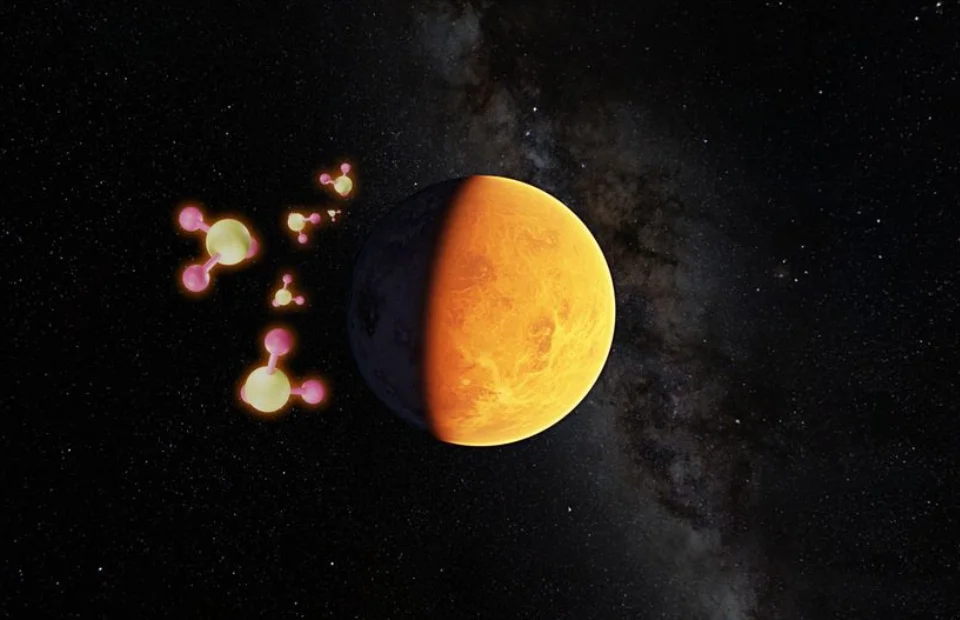
Now, we can have a planet 11, much more distant than those above. This would be a Neptune-sized world deep out in the Oort cloud. Modeling shows that the dynamics of planetary ejection from the inner solar system would place up to 10 percent of objects initially forming in the internal solar system now out in the Oort cloud instead of being ejected entirely from the solar system.
This would leave such a planet in a highly eccentric orbit, placing it very distant from the sun for most of its orbit but dramatically closer during a relatively short period. Interestingly, this object is Neptune or Uranus-sized. In that case, It might be discoverable with future telescopes, but if more minor than that, it may only be discoverable once we go out there, which is far future.
The idea of giant planets in the Oort cloud is interesting because percentages can be placed on it, with a Uranus-sized world having about a 7 percent chance of existing.
The Milky Way’s Filaments
Recently, strange horizontal filaments have been detected by instruments such as Meerkat emanating from the environment of Sagittarius A star, the supermassive black hole at the center of the Milky Way.
There are two types of filaments: longer vertical ones discovered in the 80s that align towards the black hole, are aligned overall with the galaxy’s magnetic field in the area, and are probably made of high energy electrons stretching about 150 light-years out. But the horizontal filaments, which should be random but aren’t, are made of gas only and extend about 5 to 10 light-years out.

This points to some outbursts from the environment of Sagittarius, A star around six million years ago, and some evidence of previous outbreaks. Still, the actual mechanism for creating the two phenomena remains unknown. It might, however, lead to a better understanding of the black hole’s spin and even give clues to the early history of the galaxy’s formation.
Cosmological Time Dilation
Few attributes of the universe are as strange as time dilation, an effect of special and general relativity depending on the circumstance. Fundamentally, this means that time does not tick at the same rate everywhere in the universe, an assumption Newton once made that turned out to be incorrect.
Time dilation is well-proven. If you put a clock in a gravity well, such as Earth, or place an atomic clock on a fighter jet doing Mach 2. Time will tick at a different rate than a control clock not in that environment. Indeed, certain satellites have to be corrected for this for them even to work, particularly the GPS.
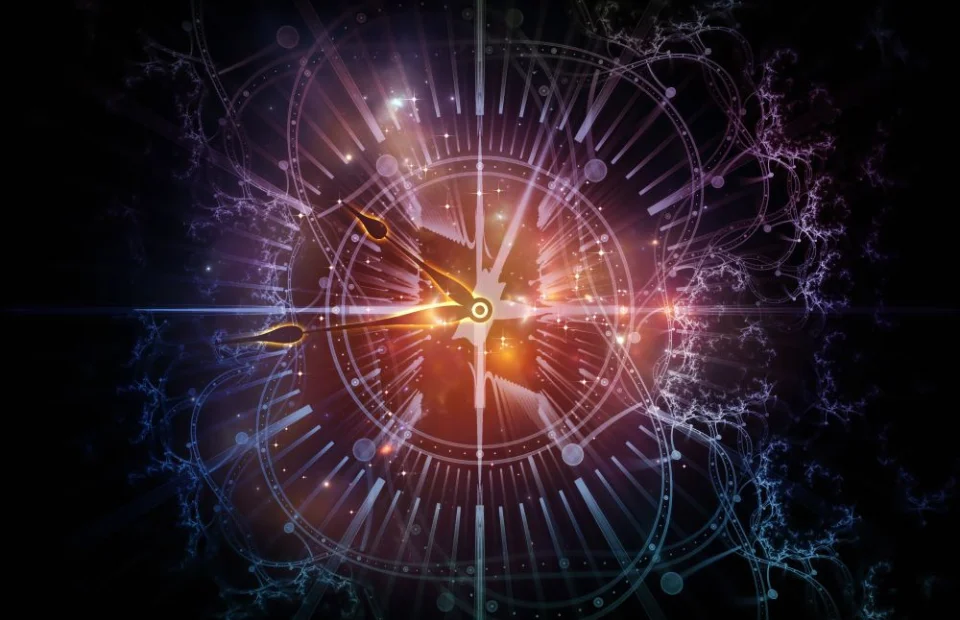
But there’s another lesser-known aspect to time dilation. Known as cosmological time dilation, the most distant objects in the universe that we can see, light dating from the universe’s early days appears as though time was slowed down. This means that looking at those distant objects, they evolve slower than we see today.
This is a product of the expansion of the universe. As it expands, light must travel increasingly farther to reach us, thus taking more time. We see this as dilation. But it’s an illusion. If you were near those objects when the light left them, time would appear to tick usually.
This effect has been well studied for 30 years in distant supernovae, which unfold much slower than nearby ones. More recently, however, Draint Lewis and Brendan Brewer have looked at quasars, among the oldest objects in the universe that we can see. They studied 190 quasars, paying attention to the level of the redshift. They showed a marker of their distance, showing the most distant ones, about a billion years after the Big Bang.
From our perspective, they are running five times slower in time.
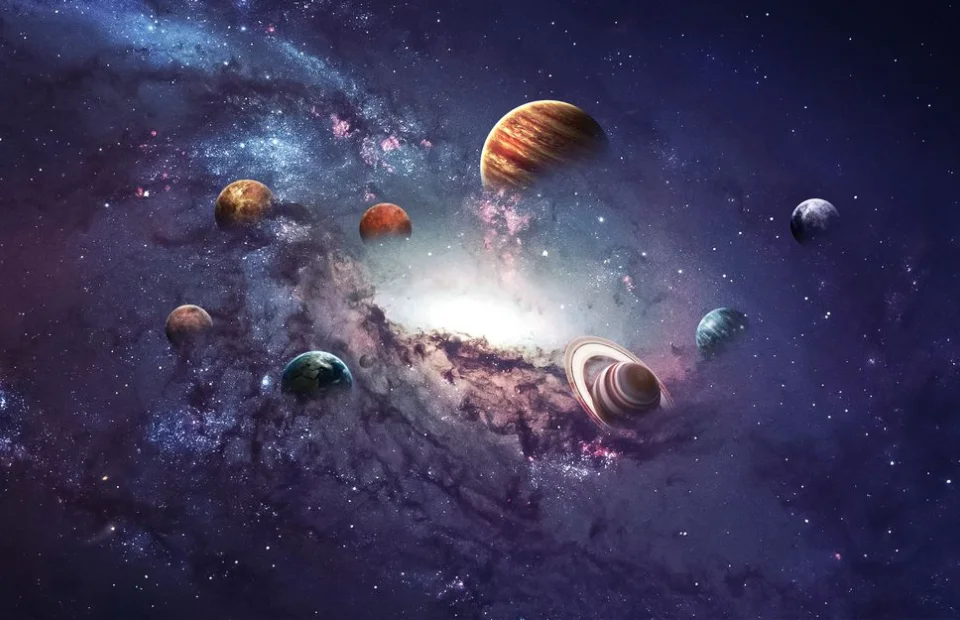
Conclusion
In conclusion, we explored the interesting, weird, and unknown aspects of this fantastic universe in which we live. There are still many doors to open yet. Space Exploration is one of the most exciting and thrilling discoveries. Humanity is desperately looking for the existence of other beings and trying to explore their features and characteristics.
Frequently Asked Questions on Astronomy Discoveries
What are exoplanets, and why are they significant?
Exoplanets are planets that orbit stars outside our solar system. Their discovery has provided valuable insights into the prevalence and diversity of planetary systems in the universe, leading to new questions about the potential for life beyond Earth.
What are gravitational waves, and why are they important?
A gravitational wave is a ripple in spacetime caused by massive objects, such as merging black holes or neutron stars. Their detection confirmed a prediction of Einstein's theory of general relativity and opened a new window for studying the universe's most extreme events.
What role have space telescopes played in revolutionizing astronomy?
Space telescopes, such as the Hubble Space Telescope and the Kepler Space Telescope, have provided unparalleled views of the universe across different wavelengths, leading to groundbreaking discoveries in areas such as exoplanet detection, galaxy formation, and cosmology.


